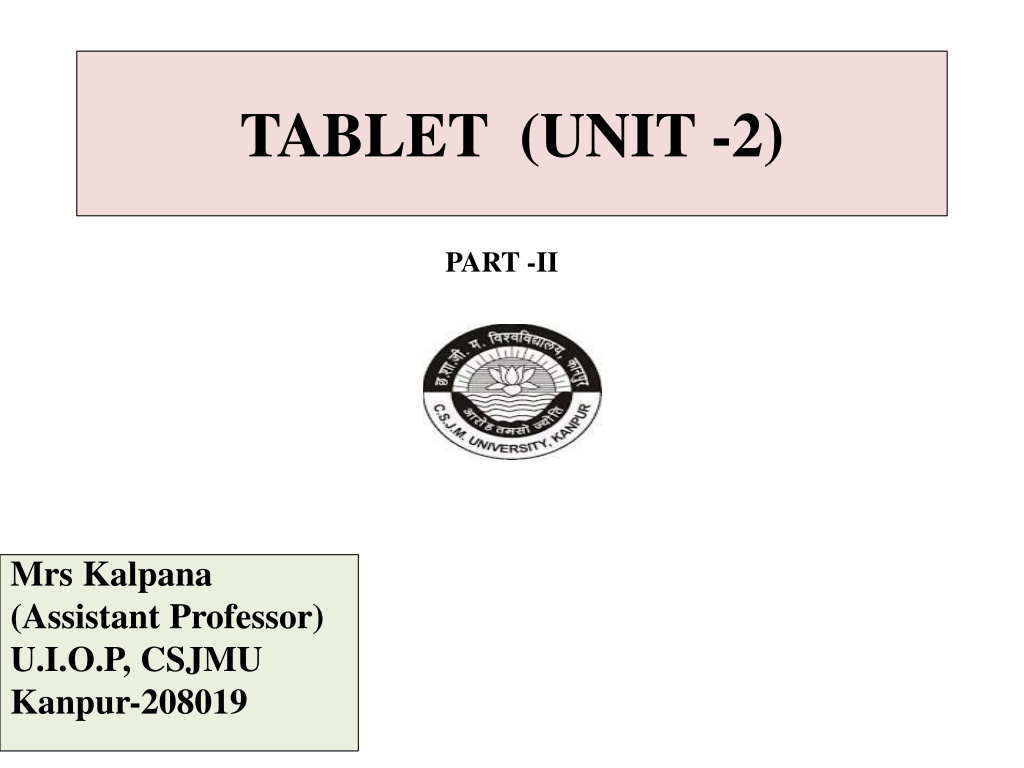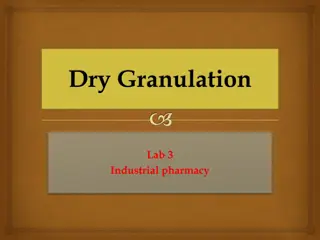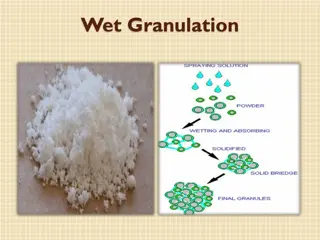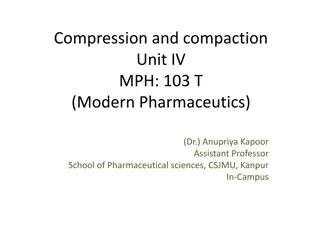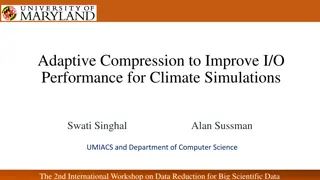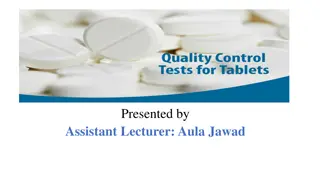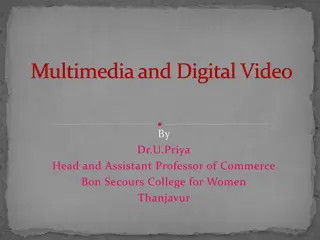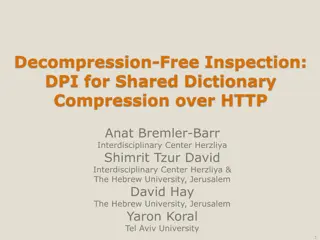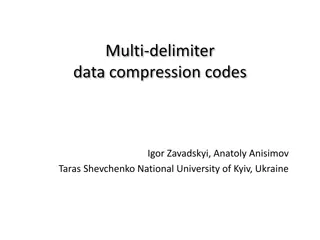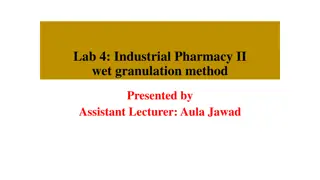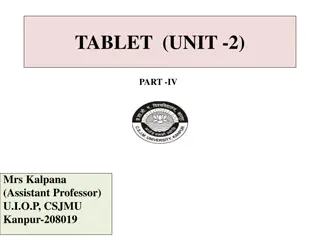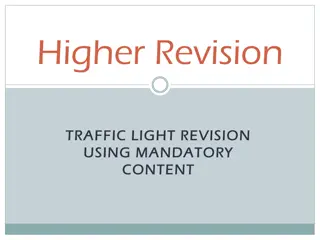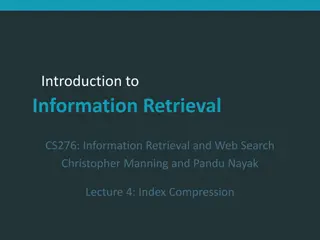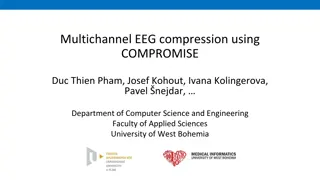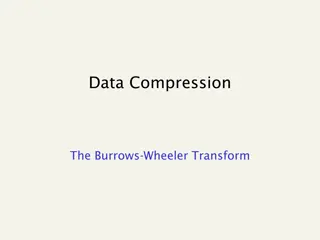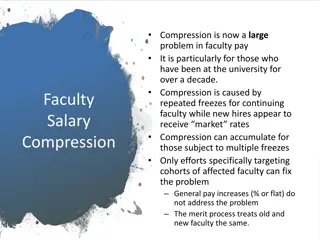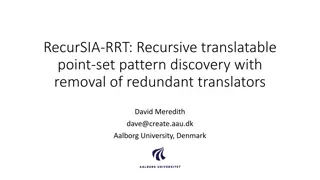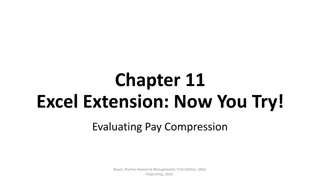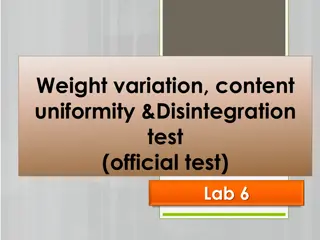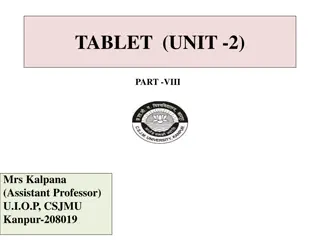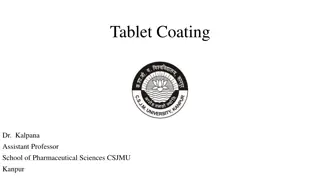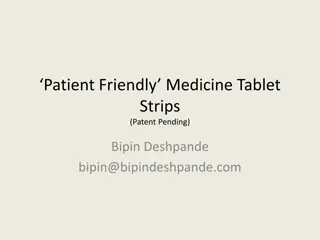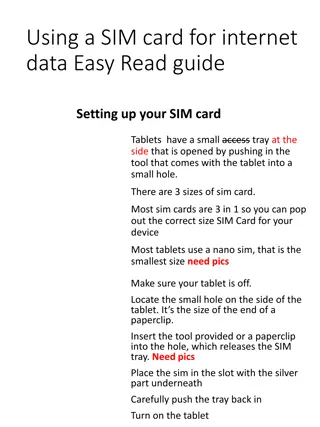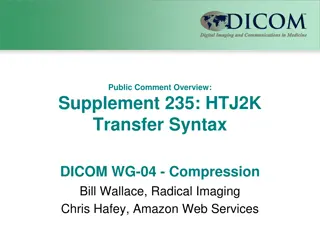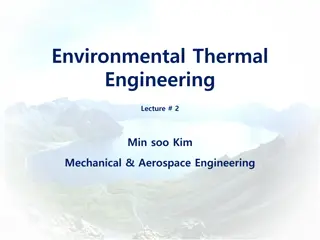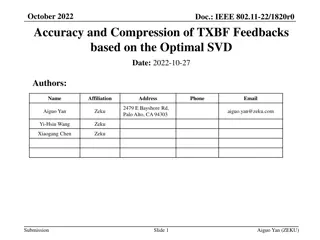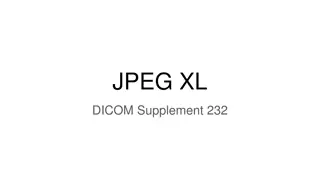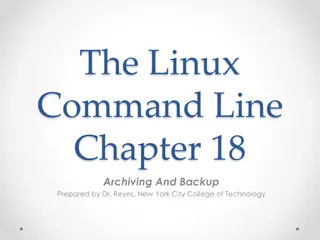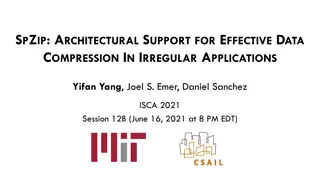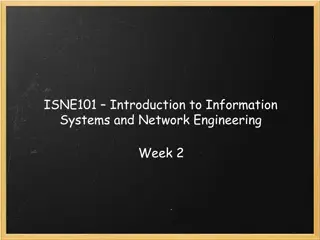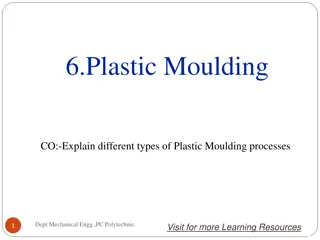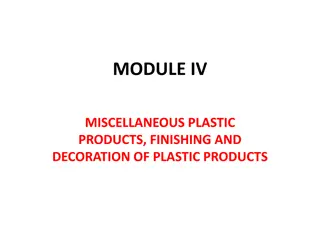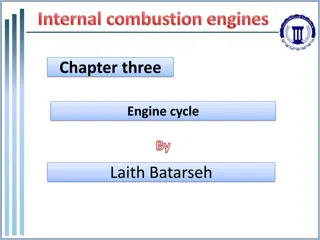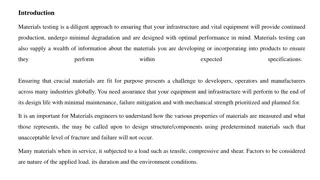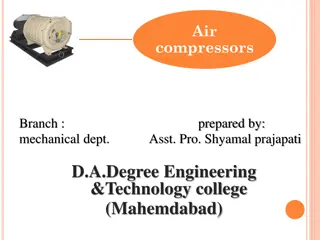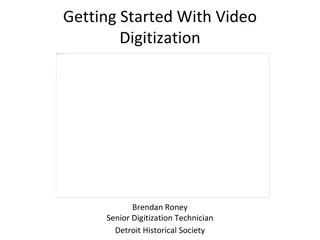Overview of Tablet Compression Processes and Granulation Methods
Powders for tablet compression must have good flowability and compressibility properties. Techniques like slugging and dry compaction are used in the production of tablets by compacting powders into granules. Dry granulation may lead to fines or non-compacted products, requiring cohesive properties. Wet granulation, the most popular method, improves powder blend homogeneity and flowability by distributing binders within granules.
Download Presentation

Please find below an Image/Link to download the presentation.
The content on the website is provided AS IS for your information and personal use only. It may not be sold, licensed, or shared on other websites without obtaining consent from the author. Download presentation by click this link. If you encounter any issues during the download, it is possible that the publisher has removed the file from their server.
E N D
Presentation Transcript
TABLET (UNIT -2) PART -II Mrs Kalpana (Assistant Professor) U.I.O.P, CSJMU Kanpur-208019
Powders used for compression must possess some essential properties Powder fluidity or flowability The material can be transported through the hopper into the die To produce tablets of a consistent weight Powder flow can be improved mechanically by the use of vibrators, incorporate the glidant Powder compressibility The property of forming a stable, intact compact mass when pressure is applied is called powder compressibility Easily mixed with other particles Homogenous colouring etc Friction and adhesion properties
Slugging (dry granulation) Blend is forced into dies of large capacity tablet press and compacted using flat faced punches. These compact masses are called slugs, process is called slugging. Slugs are milled or screened to produce good free flowing granules that are ready for compression
Dry compaction/Roller compaction For large scale compression granulation can be performed on a roller compactor. Granulation by dry compaction can also be achieved by passing powders between two rollers that compact the material at pressure of up to 10 tons per linear inch. Materials of very low density require roller compaction to achieve a bulk density sufficient to allow encapsulation or compression. Eg.This process is used for densification of aluminum hydroxide. Roller compactor is capable of producing as much as 500 kg/hr of compacted ribbon like materials which can be then screened and milled in to granules for compression.
Limitations of dry granulation Dry granulation often produces a higher percentage of fines or non compacted products which could compromise the quality or create yield problems for the tablet. For dry granulation drugs or excipients should be with cohesive properties.
Wet granulation This is most popular method (approx 70% ) Purpose of granulation: To prevent segregation of the constituents of the powder blend. To improve flowability of the powder mixture. To improve the compaction characteristics of the powder mixture due to better distribution of the binder within the granules. To improve homogeneity and thus ensure content uniformity
Granulation process involves the use of binder solution to make granules of the powder mixture. The amount of binder liquid should be used in optimized amount Overwetting =makes granules too hard, underwetting = makes granules too soft and friable. Aqueous solutions are safer than other solvents.
Steps involved in Wet Granulation. Weighing and Blending wet granulate prepared by adding the binder solution Screening the damp mass into pellets or granules (6- 8mesh) Drying the granulation in thermostatically controlled ovens Dry screening Mixing with other ingredients: A dry lubricant, antiadherent and glidant is added to the granules either by dusting over the spread-out granules or by blending with the granules. Dry binder, colorant or disintegrant may be also added in this step. Tableting: Last step in which the tablet is fed into thedie cavity and then compressed.
Limitations of wet granulation: 1- Multiple separate steps are involved. 2- Not suitable for heat and moisture sensitive drugs Equipments Traditionally, dry mixing in wet granulation process: has been carried out using Sigma blade mixer Heavy-duty planetary mixer.
List of equipments used in granulation High Shear granulation Little ford Lodgie granulator Little ford MGT granulator Diosna granulator Gral mixer Granulator with drying facility i) Fluidized bed granulator ii) Day nauta mixer processor iii) Double cone or twin shell processor iv) Topo granulator Special granulator: i) Roto granulatorii) Marumerizer
